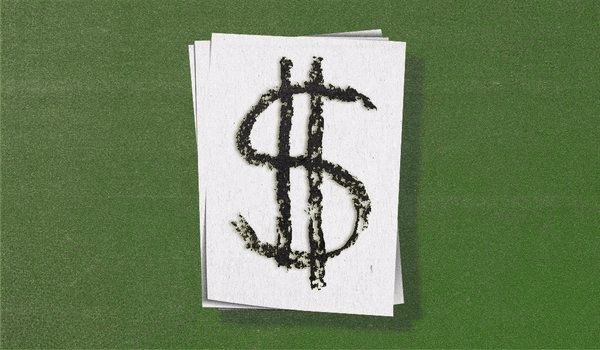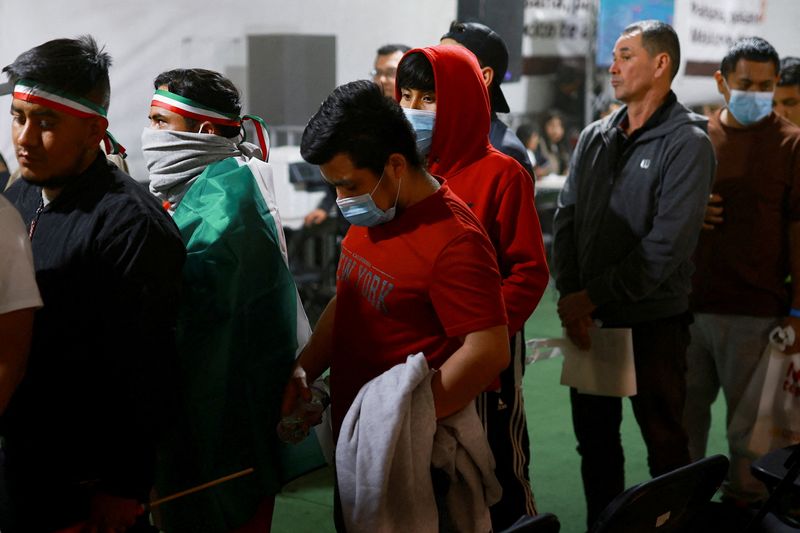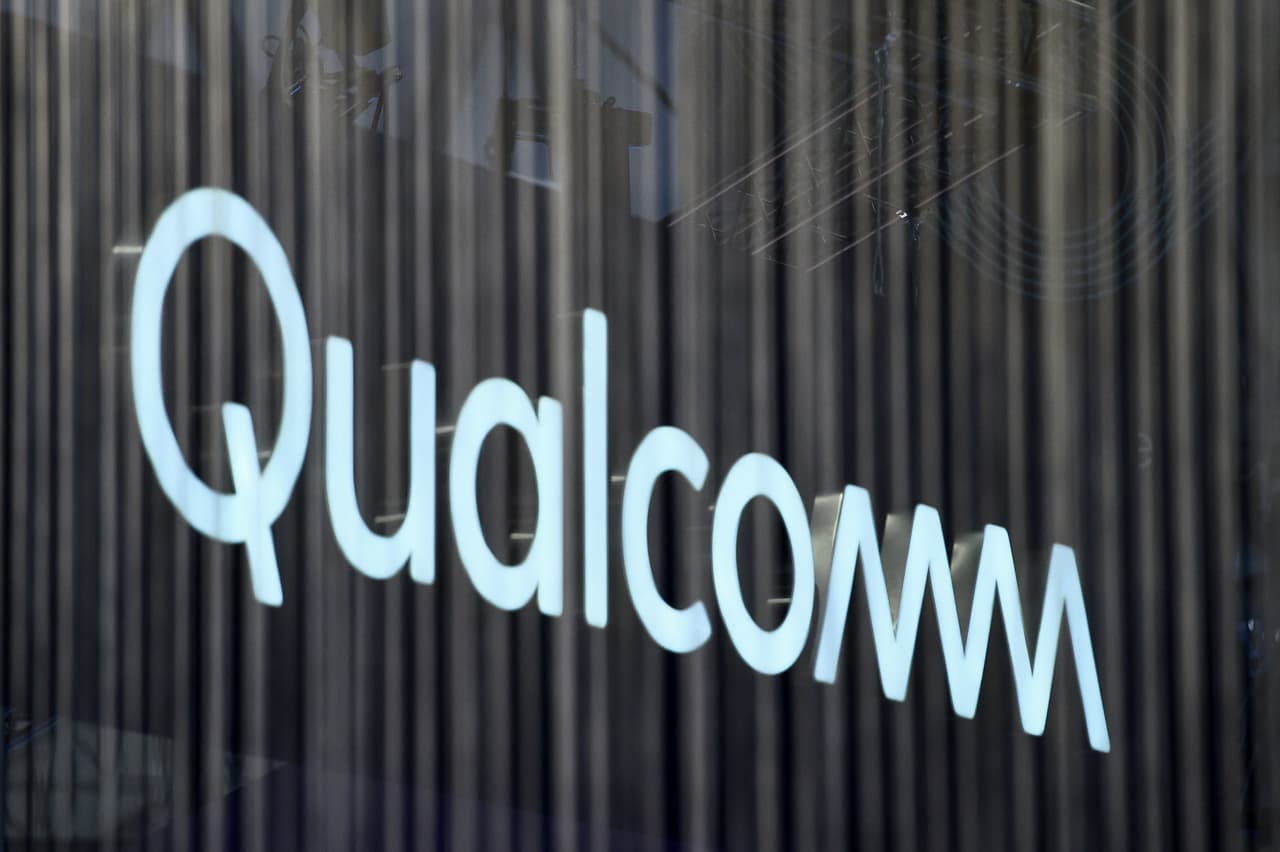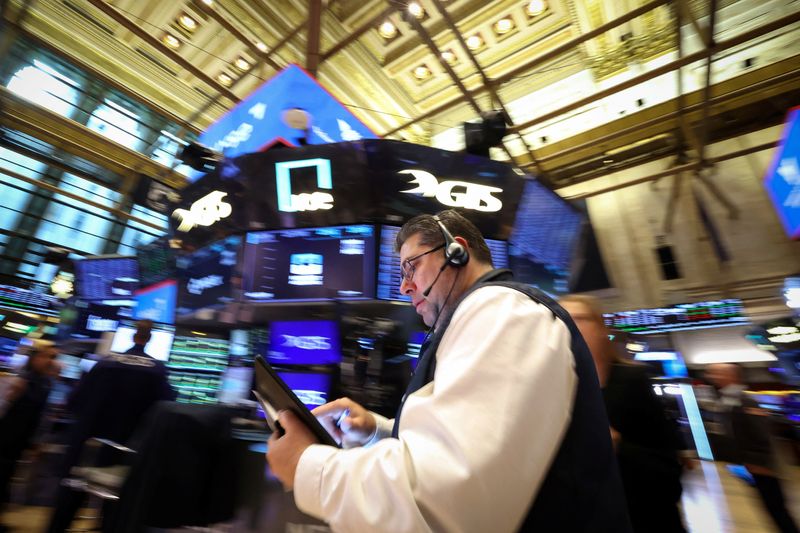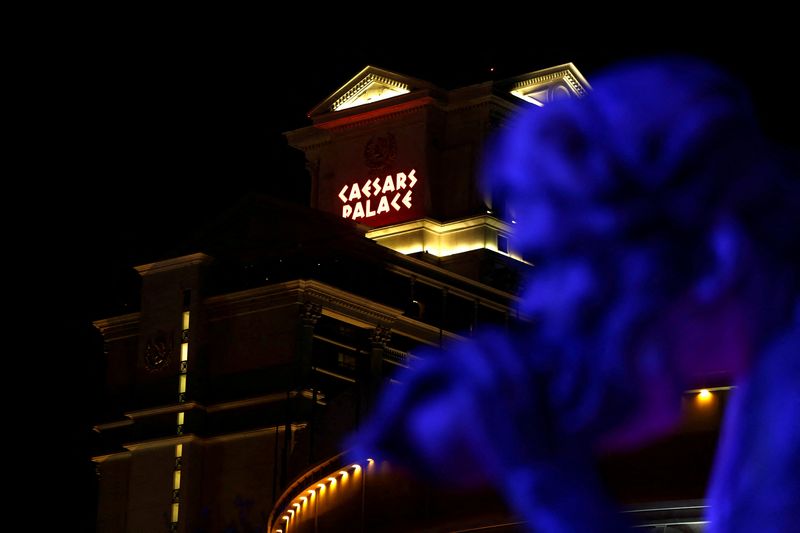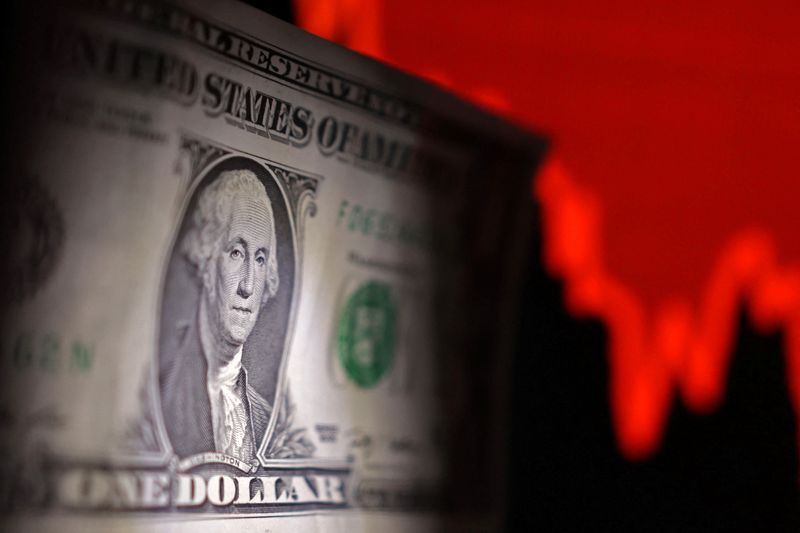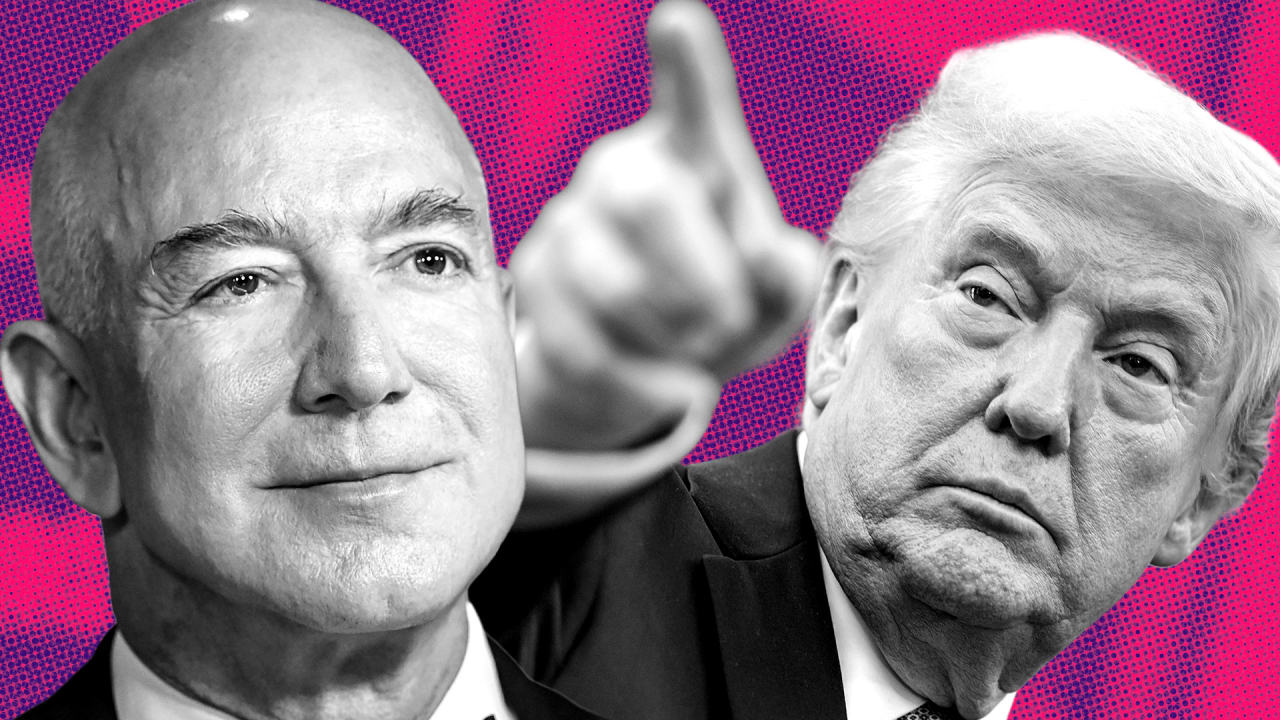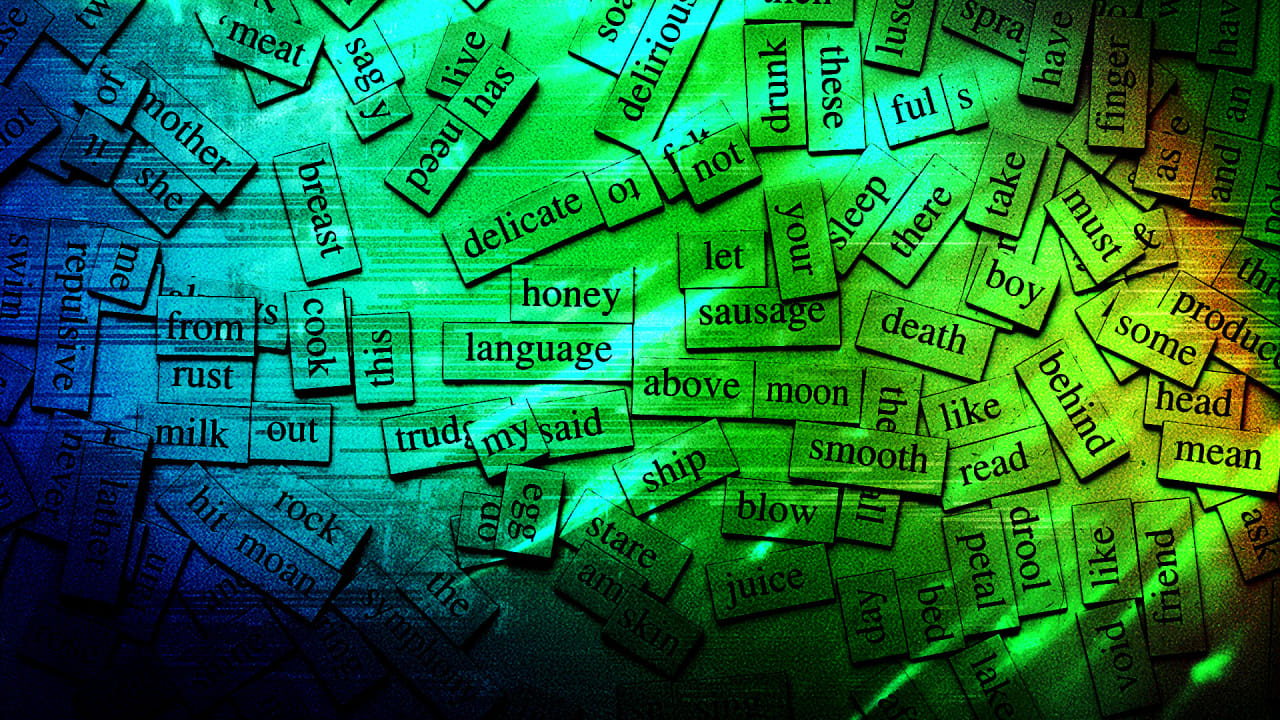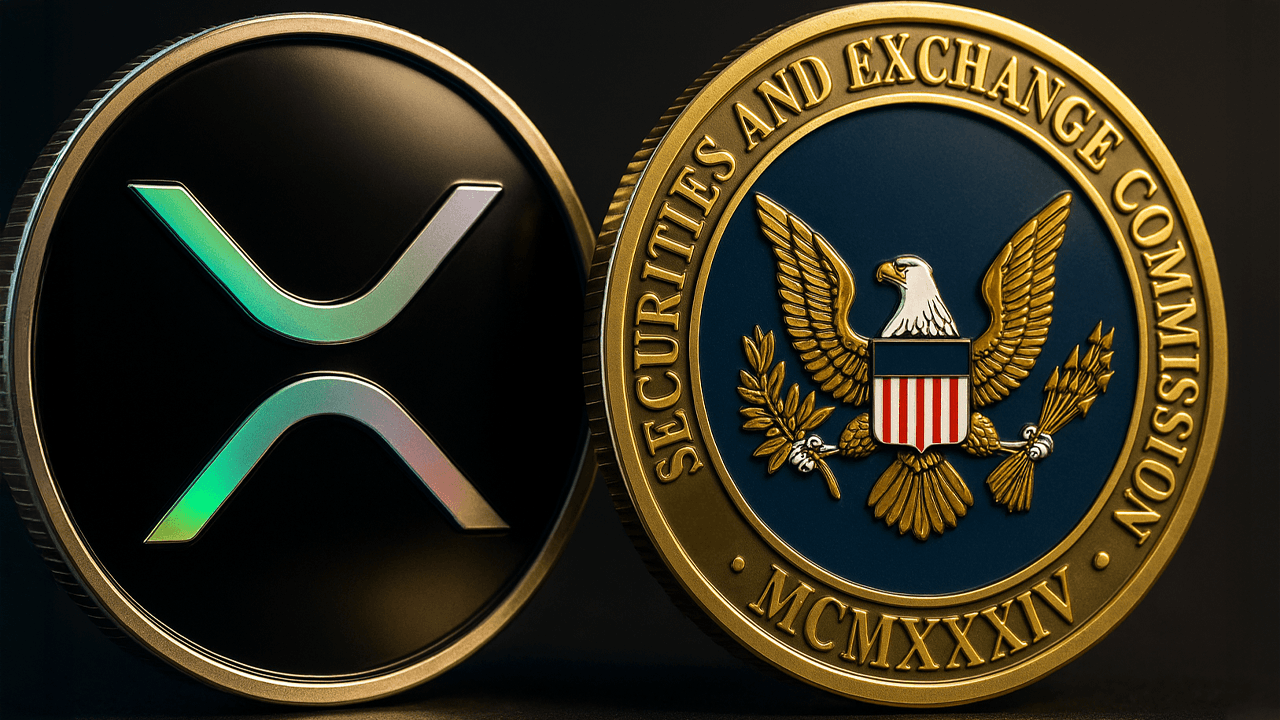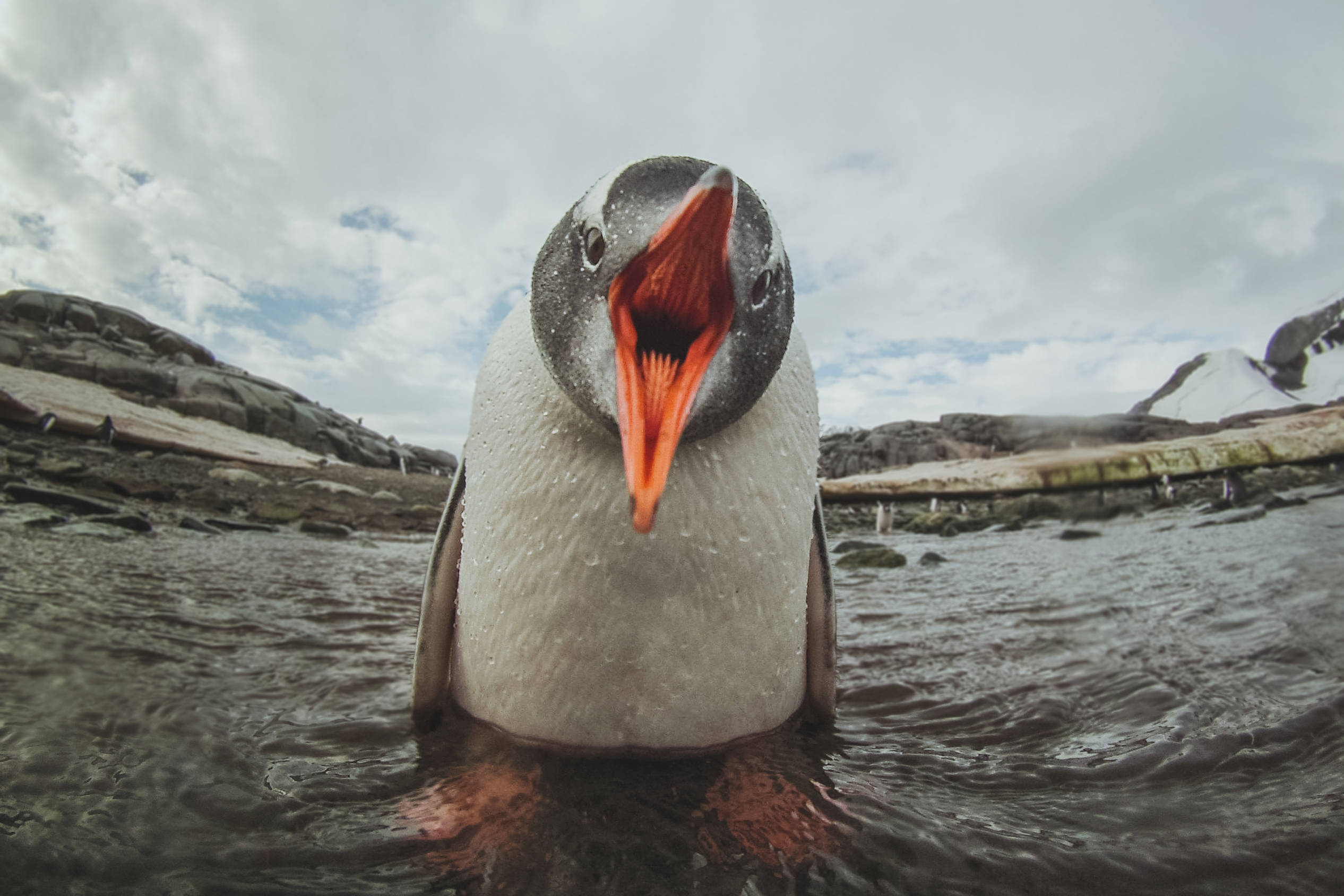Major food brands will stop using artificial dyes. Here’s why RFK is sounding the alarm
A series of studies have raised concerns by associating synthetic food colorings with health risks from hyperactivity to cancer.

Health secretary Robert F. Kennedy, Jr. has already placed seed oils, sugar, and highly processed foods in his crosshairs. And last week he declared war on artificial food dyes, calling them “poisonous compounds” and explaining at a press conference that health officials are urging food makers to phase out the petroleum-based colorings, stopping short of an actual ban.
“We don’t have an agreement, we have an understanding,” Kennedy said, explaining that the Food and Drug Administration would establish a timeline for the industry to switch to natural dyes (which are more expensive and, coming from sources including beets and cochineal bugs in Peru, more difficult to harvest) and move toward removing other dyes from the market.
The announcement followed a series of state laws banning synthetic food dyes, protests against Kellogg over its continued use of the dyes, and a January decision by the FDA to ban Red No. 3 due to cancer risks in lab animals—as well as RFK Jr. giving top food execs an ultimatum, in March, to stop using artificial dyes by the end of his term.
So what’s so bad about these dyes, anyway? Below, everything we know about the ill effects of artificial coloring.
Ties to cancer, hyperactivity, and more
While the artificial dyes used in various foods, drinks, and medicines are approved by the FDA and appear in amounts below what have been deemed to be “safe daily intake levels,” a series of studies have raised concerns by associating many of them with a range of health risks, including cancer, hyperactivity (especially in kids), inflammatory bowel diseases, and allergic reactions.

The FDA approval is “almost a technicality at this point,” given that a growing body of research suggests they aren’t all that safe, Jamie Alan, PhD, an associate professor of pharmacology and toxicology at Michigan State University, previously told Fortune. “Some of these dyes are banned from cosmetics…but not banned from food,” she says. “When they were approved for food, there was less data. When they were being reviewed for cosmetics, the FDA had more data. To this point, the FDA has not made any action to ban these in food.”
Several of these dyes are highly regulated in other countries—including those throughout Europe, where products that contain Yellow No. 5 and No. 6, and Red No. 40 must carry a warning label that says the dyes “may have an adverse effect on activity and attention in children.”
The nonprofit Environmental Working Group (EWG), dedicated to human and environmental health, is particularly concerned about six specific food dyes, due to red flags raised by scientific studies. They include:
- Blue Dye No. 1: A study observed developmental delays and behavioral difficulties in animals. Another study found associated developmental effects on the nervous system.
- Blue Dye No. 2: Caused an increased incidence of tumors in rats, though there have been limited individual studies.
- Green Dye No. 3: An animal study found a significant increase in bladder tumors associated with the consumption of this chemical, the least used of the six dyes.
- Red Dye No. 40: Found to be hazardous to children’s brains during critical periods of development.
- Yellow Dye No. 5: In sensitive children, as little as one milligram of Yellow No. 5 can affect behavior, causing irritability, restlessness and sleep disturbance.
- Yellow Dye No. 6: Studies found potential contamination with benzidine or other cancer causing chemicals.
In a recent response to RFK Jr.’s announcement on its website, watchdog group Center for Science in the Public Interest (CSPI) highlights the fact that evidence has been mounting for decades that synthetic food dyes can cause neurobehavioral problems in some children, including hyperactivity and inattention.
Additionally, Citrus Red No. 2 and Orange B, which are very rarely used today but traditionally used for coloring the skin of oranges and hot dogs, respectively, are associated with bladder tumors and toxicity in lab animals.
Important points to keep in mind, notes a report about food dye risks by CSPI, are that almost all the toxicological studies on dyes were commissioned, conducted, and analyzed by the chemical industry and academic consultants. “Ideally,” the report says, “dyes (and other regulated chemicals) would be tested by independent researchers.” Plus, it goes on to note, “virtually all the studies tested individual dyes, whereas many foods and diets contain mixtures of dyes (and other ingredients) that might lead to additive or synergistic effects.”
As far as the voluntary switch to natural dyes as proposed by Kennedy, Thomas Galligan, principal scientist at CSPI, recently told NPR: “It’s worth pointing out that food companies have made promises like this before. They’ve claimed they’re going to get rid of these food dyes or other additives within a certain timeframe, and then they have consistently reneged on those promises.”
Plus, he added, “The FDA has the authority to ban them outright if they wanted to. So it’s a bit of a strange announcement.”
This story was originally featured on Fortune.com








